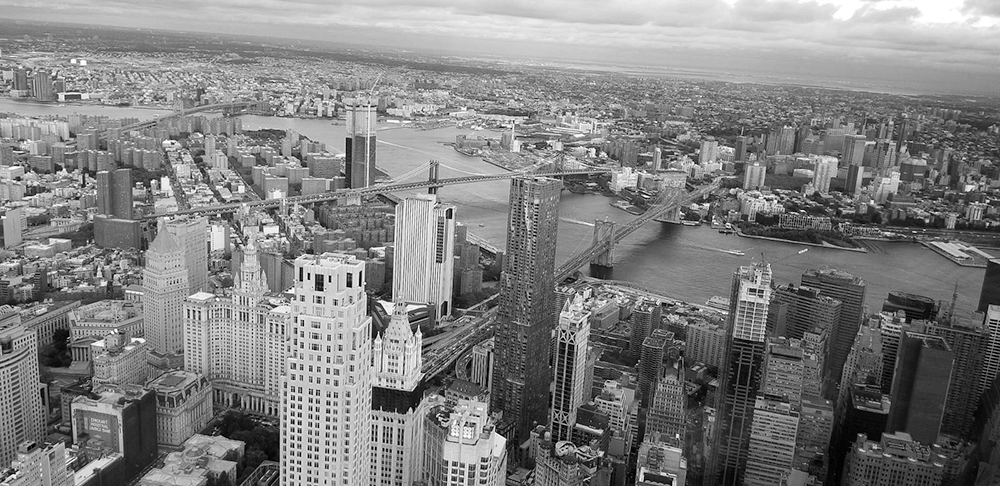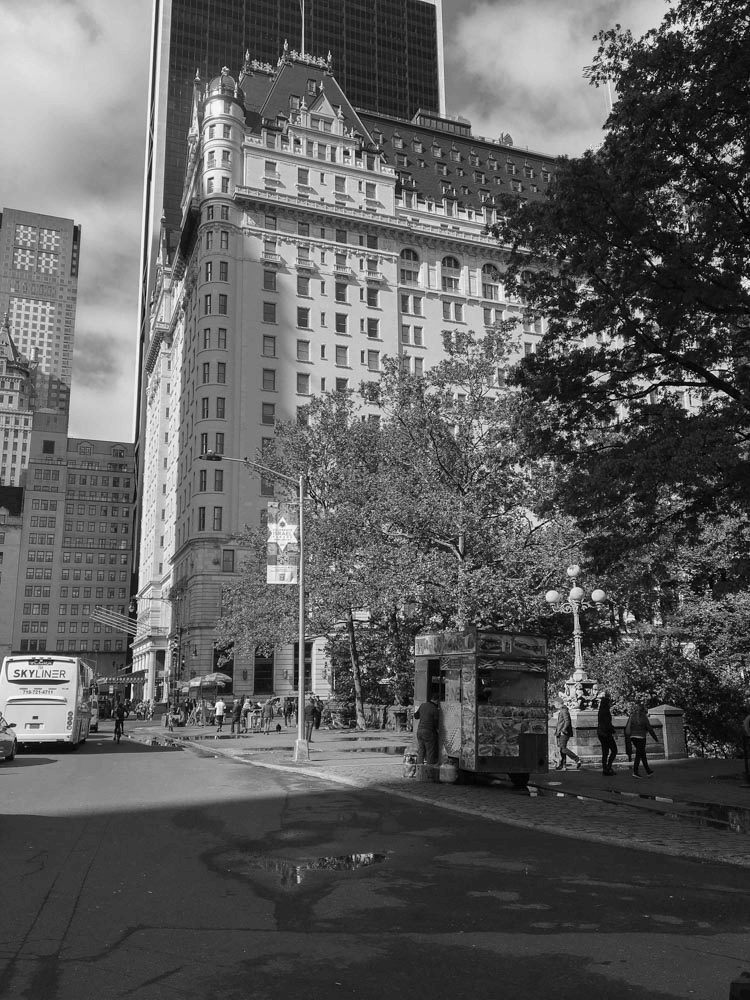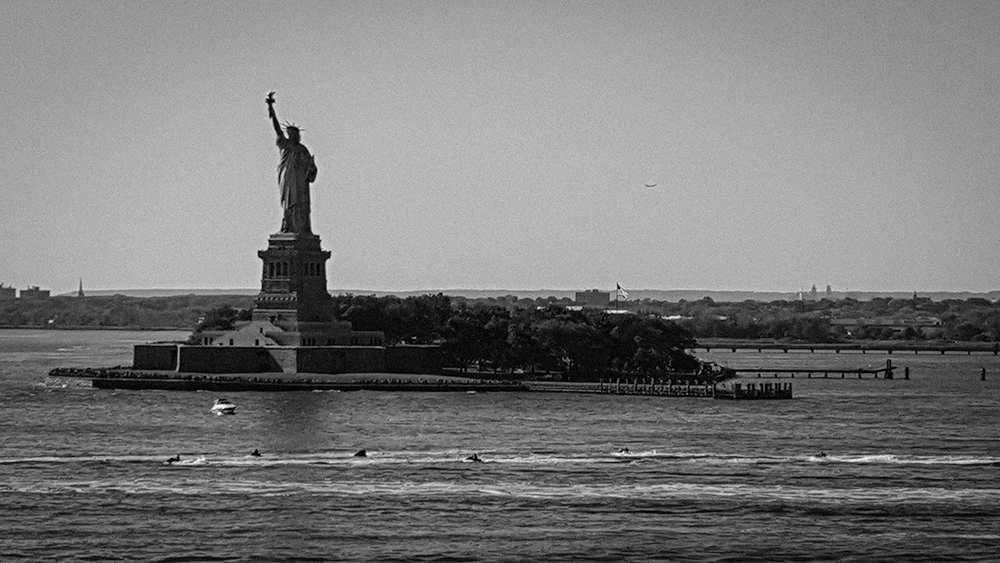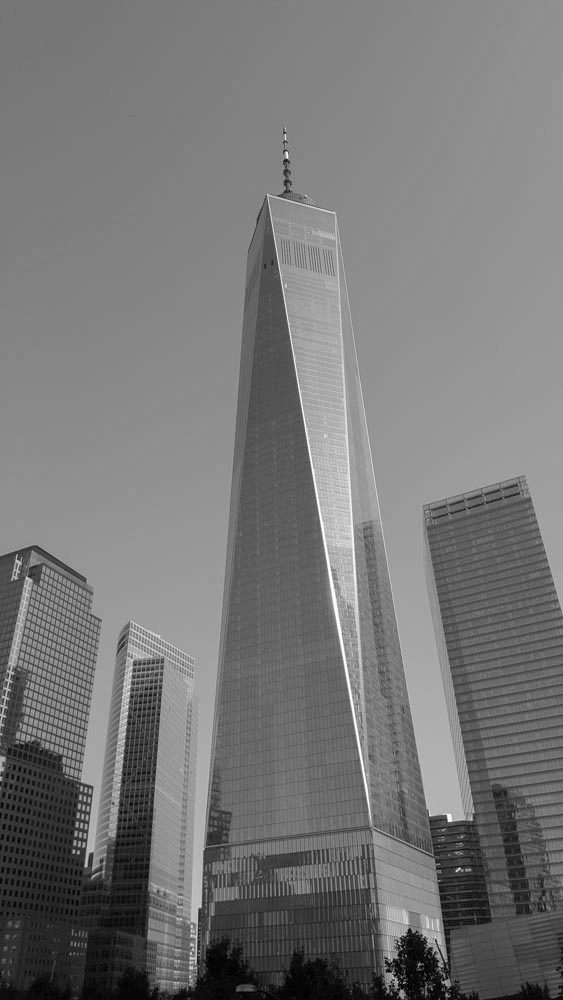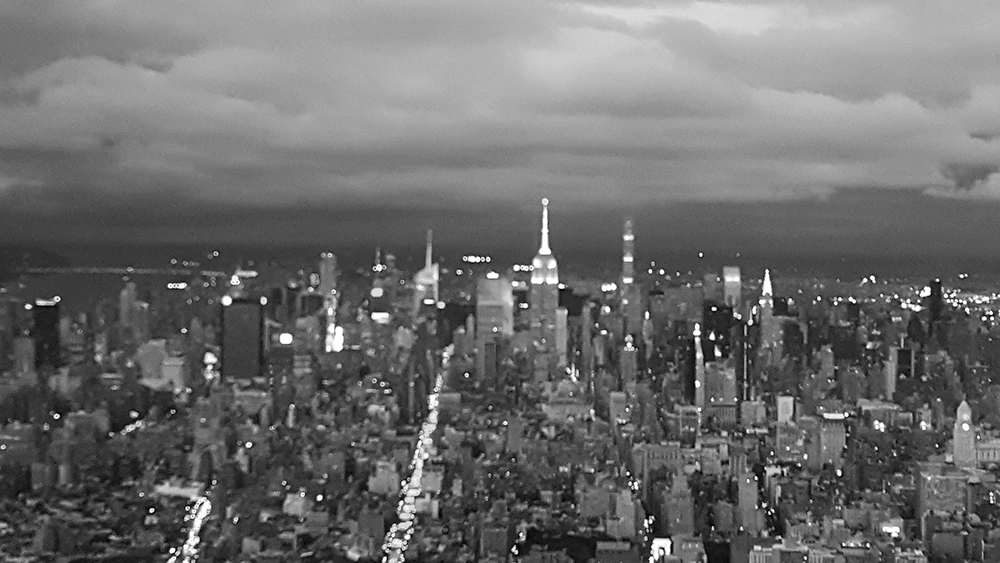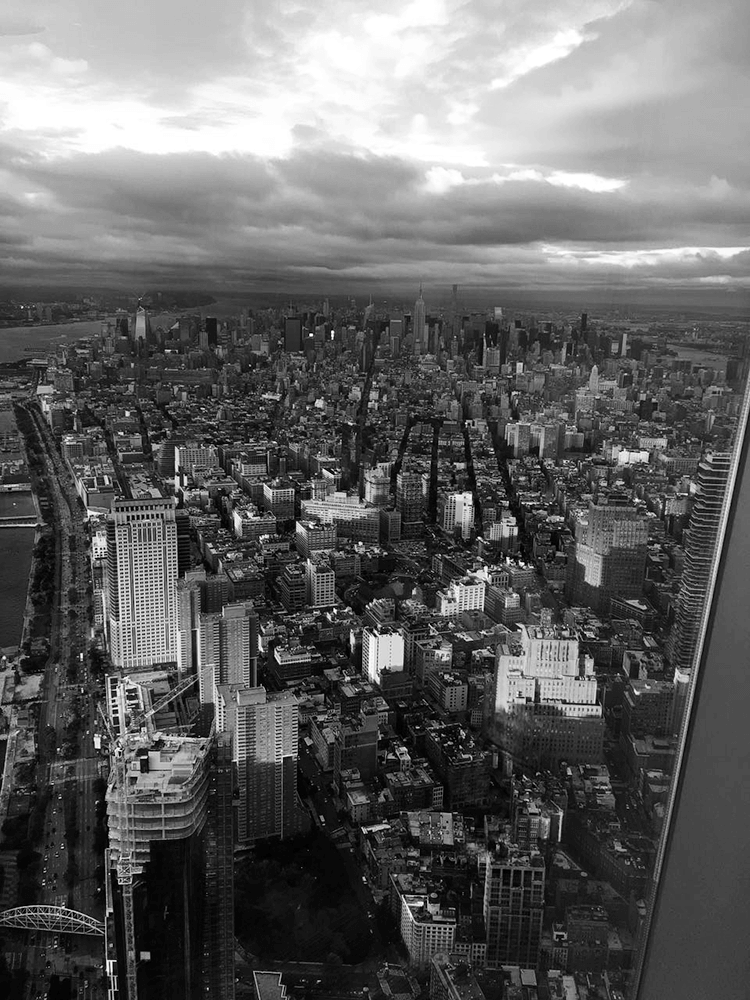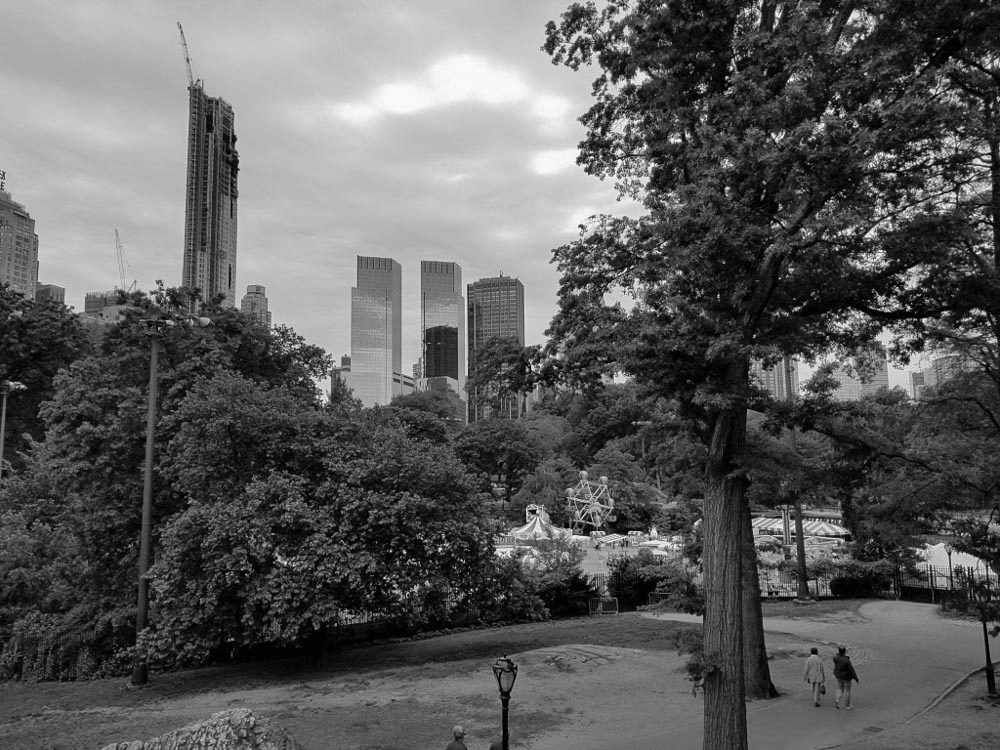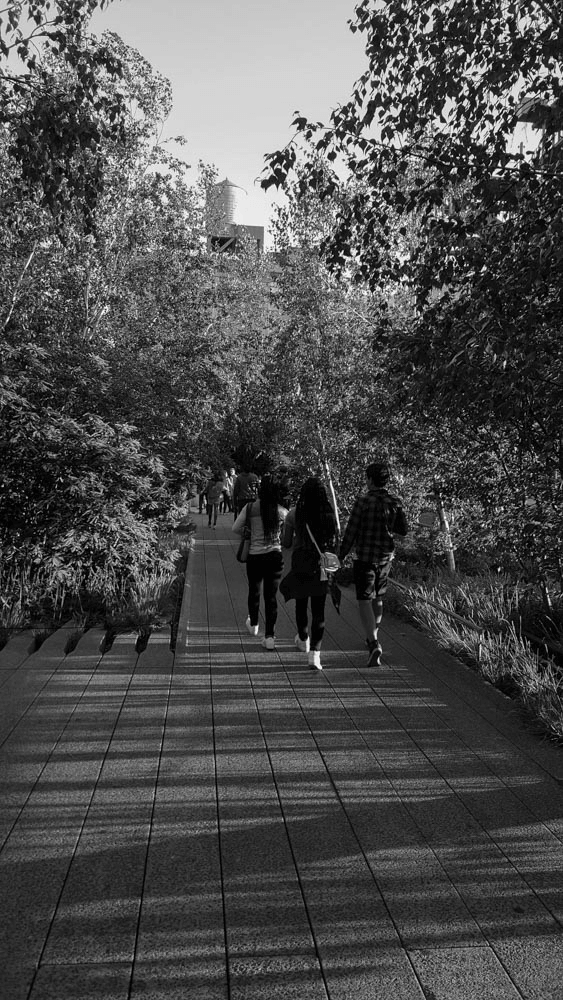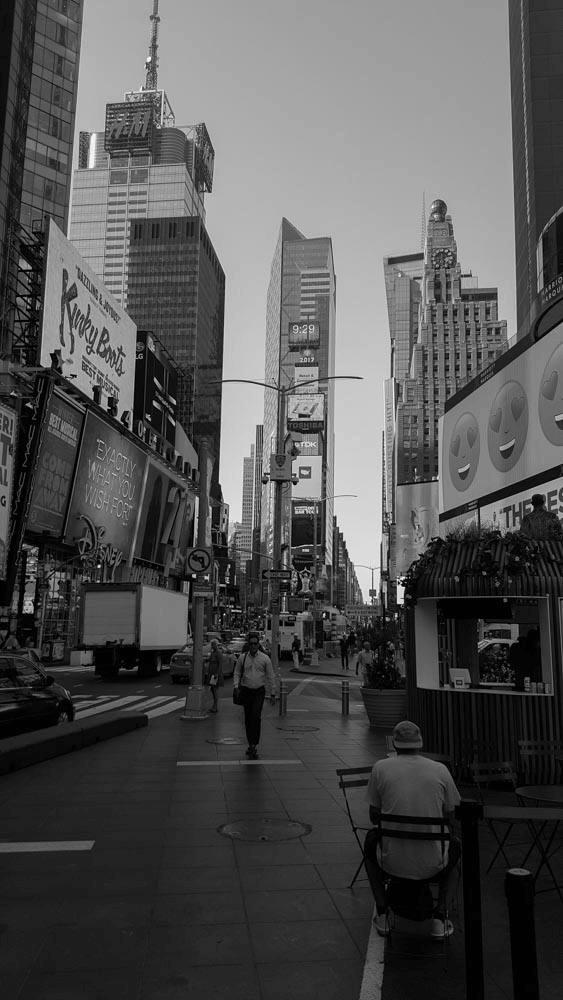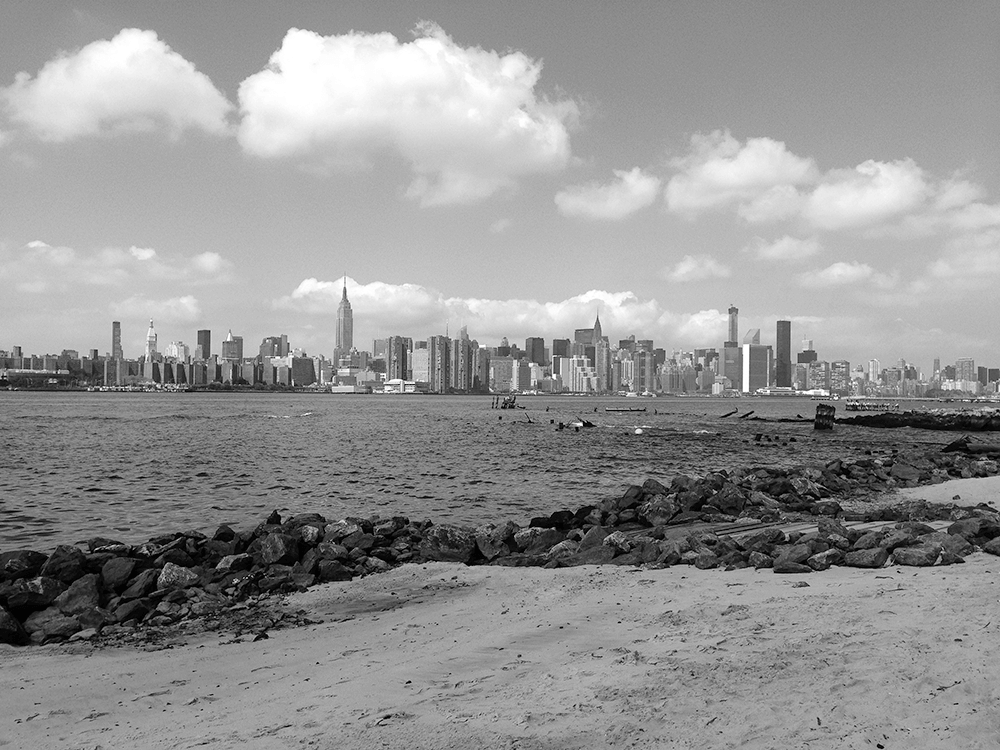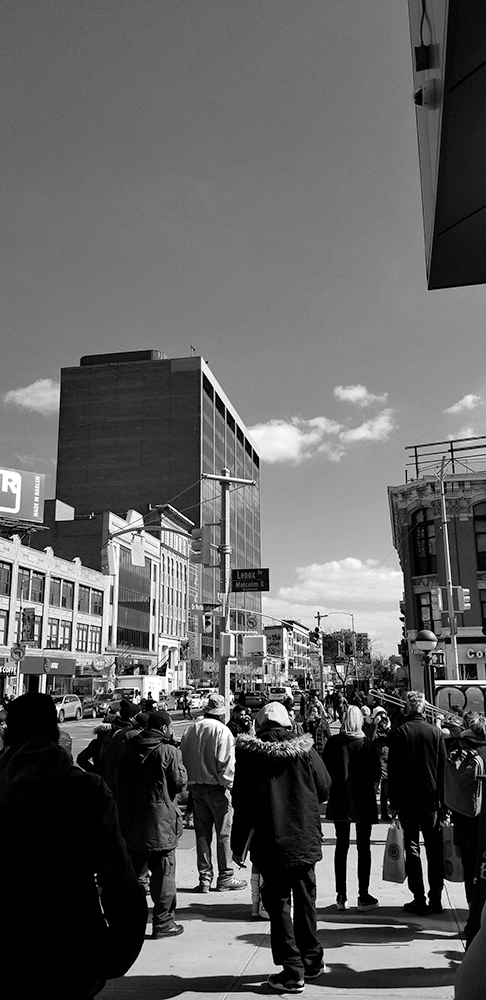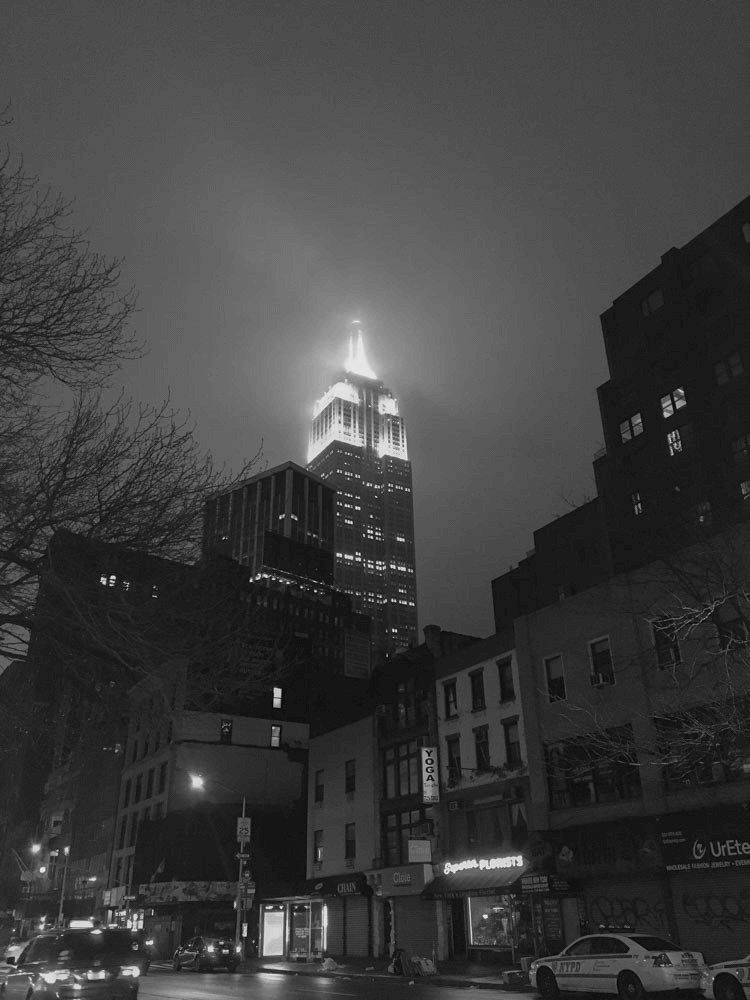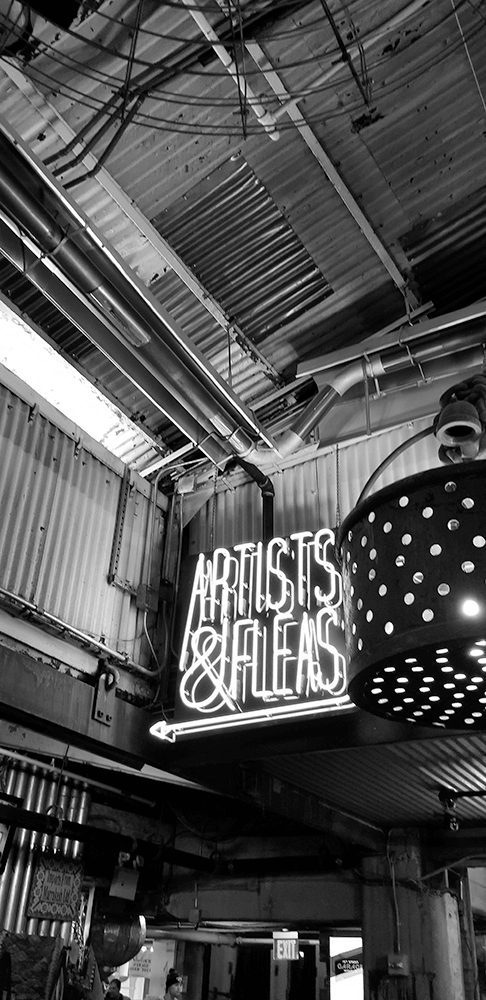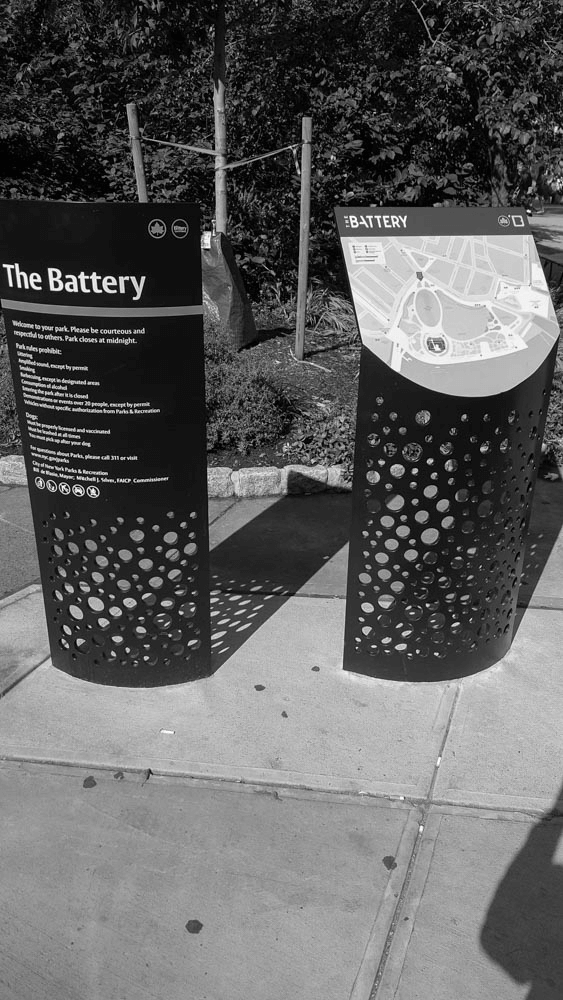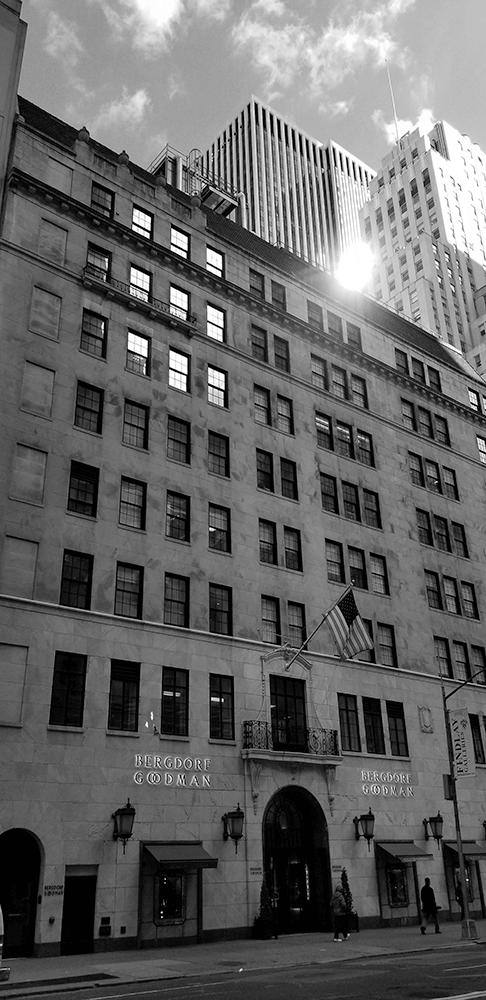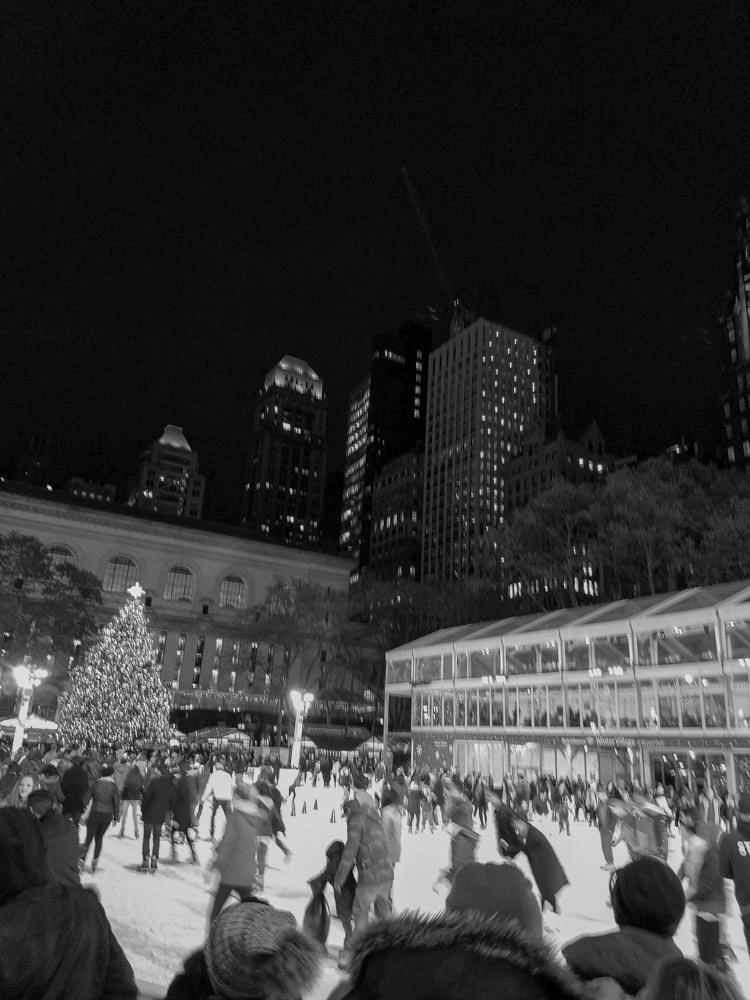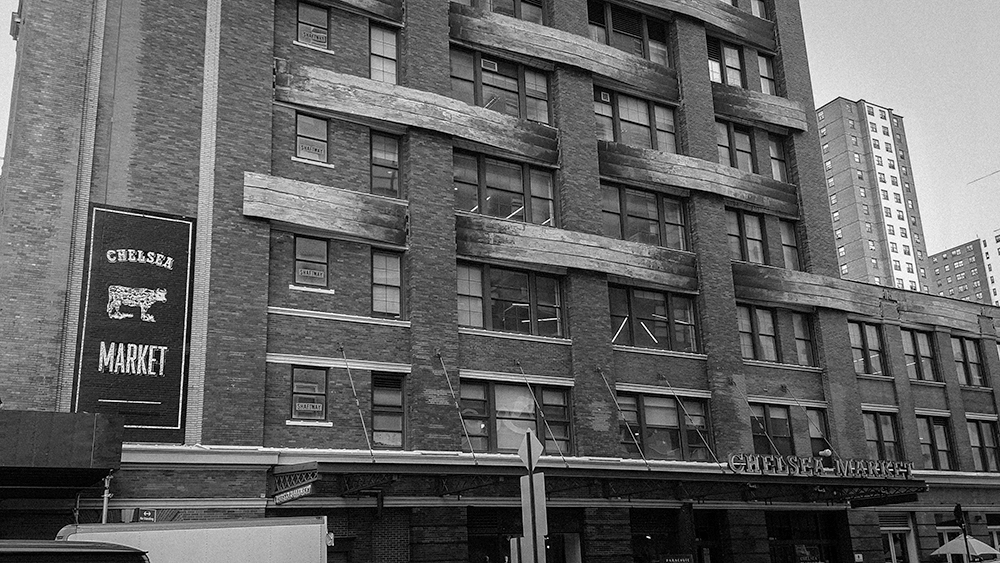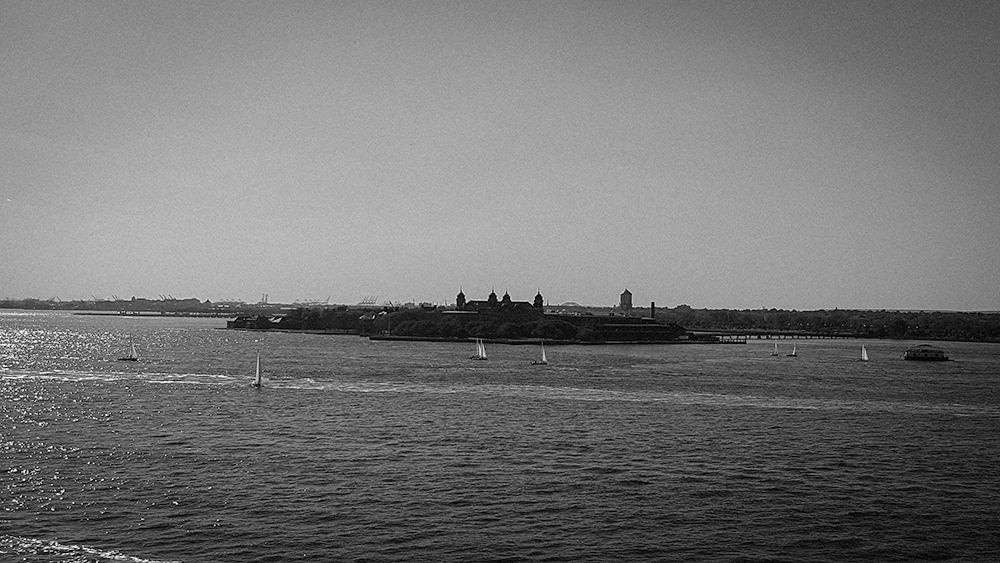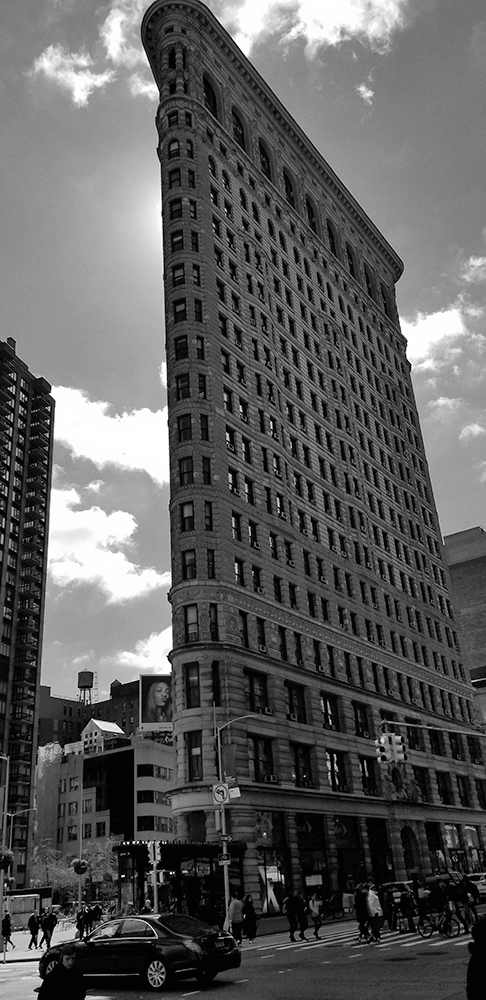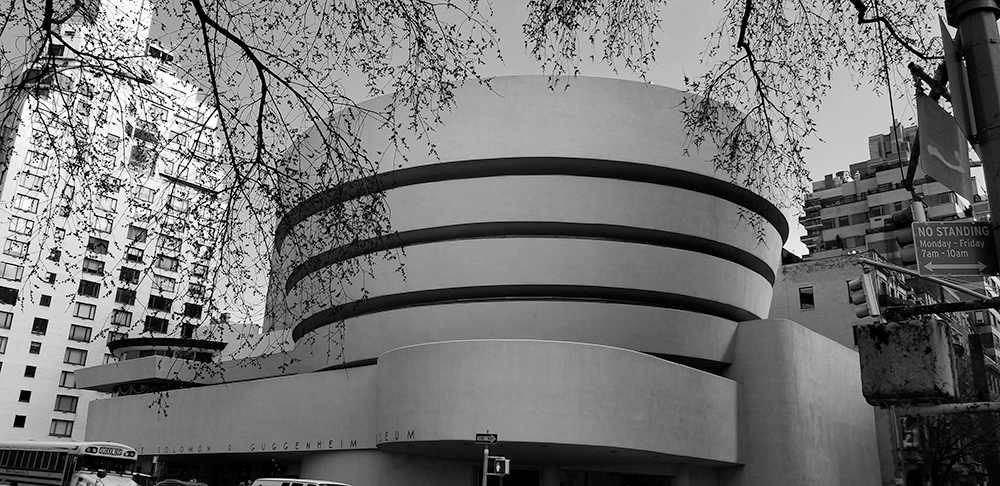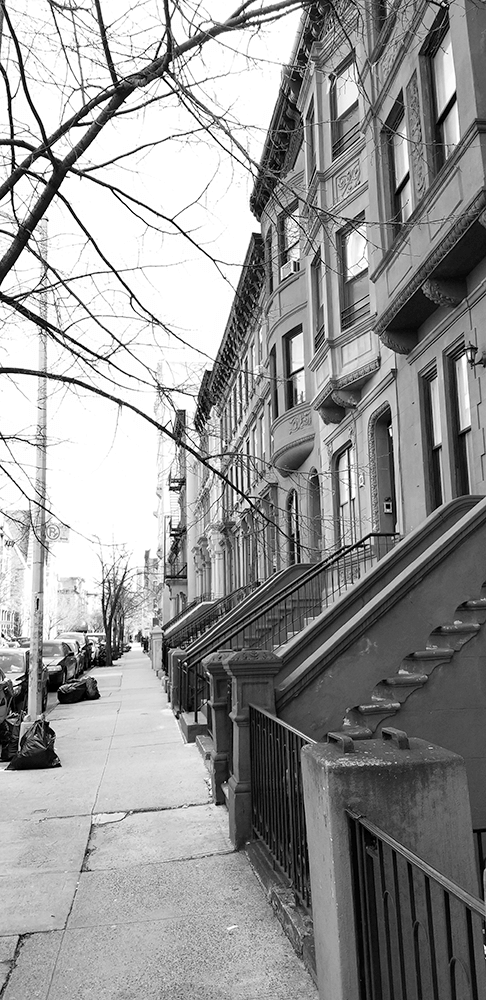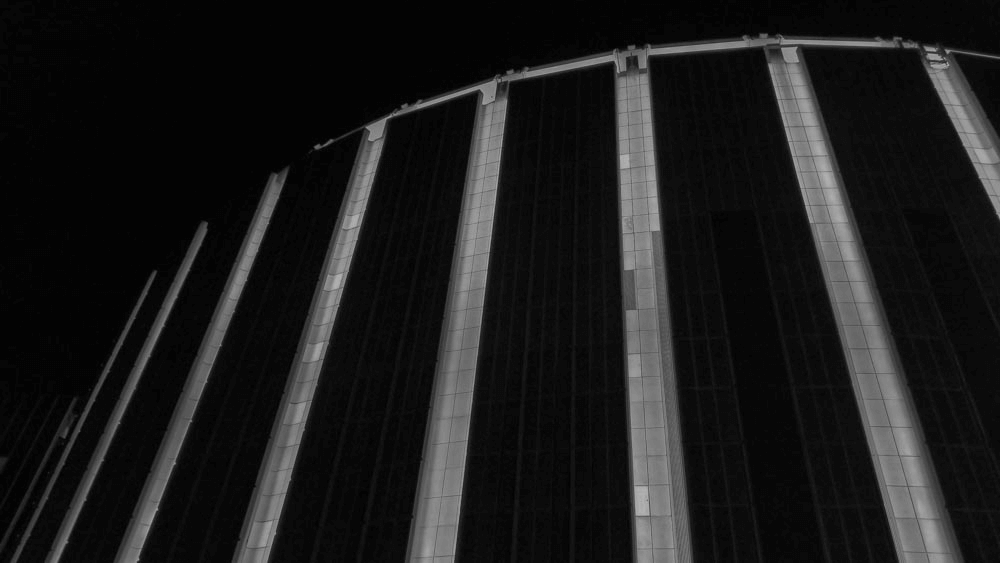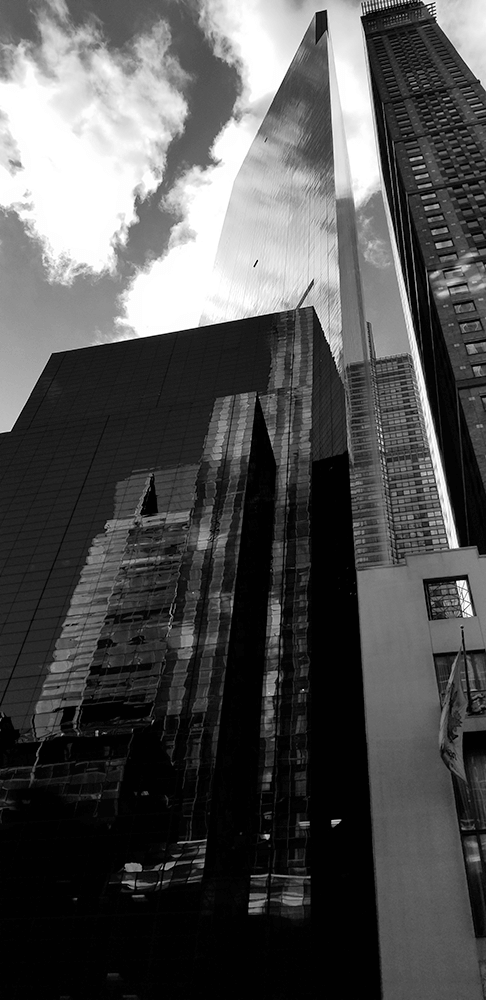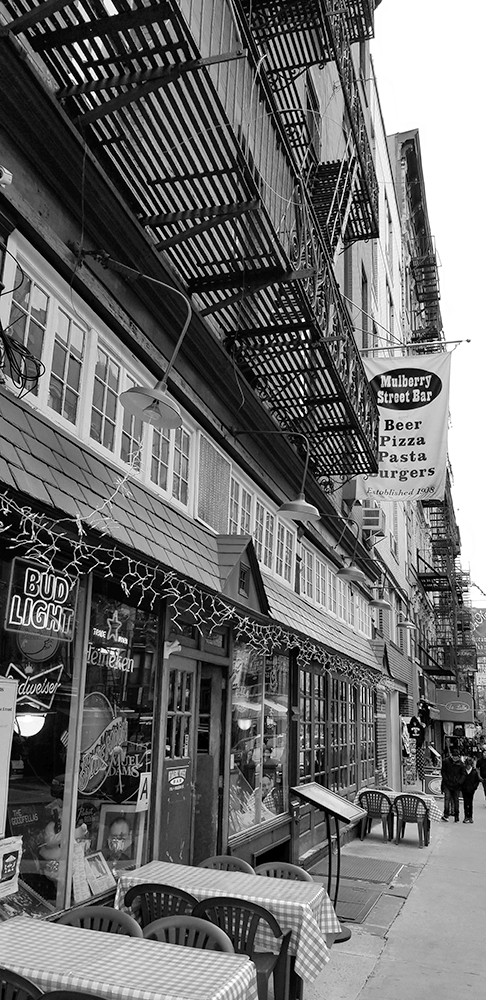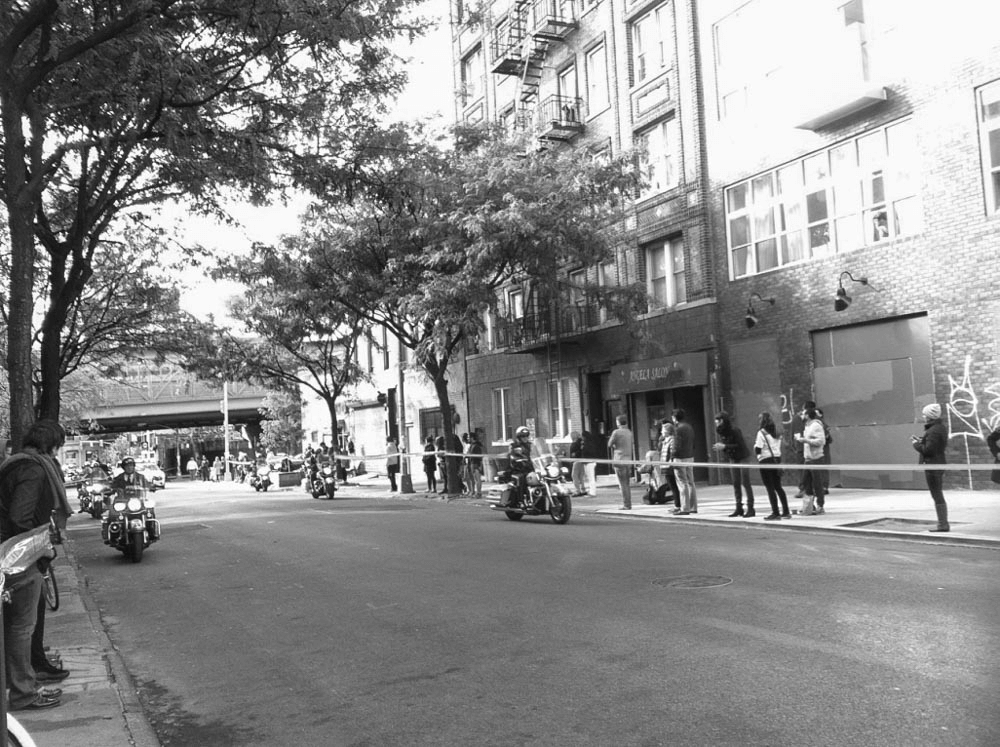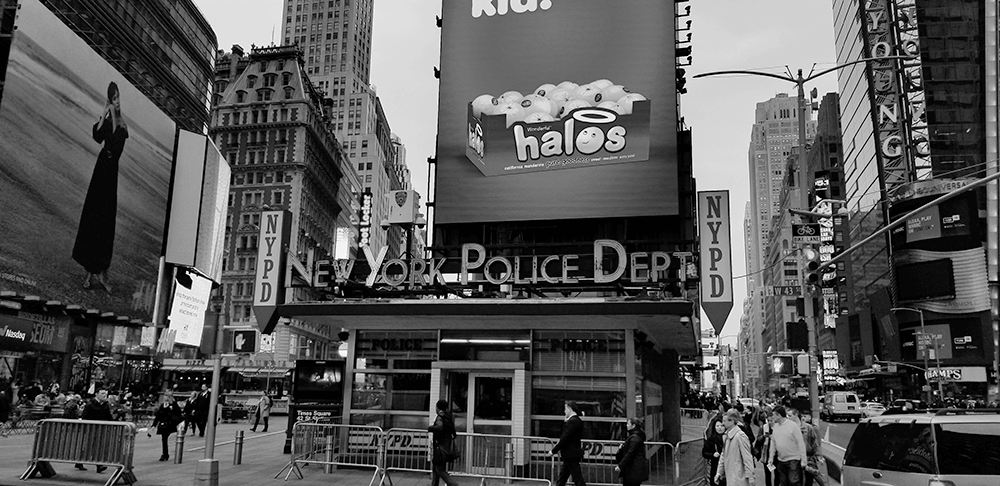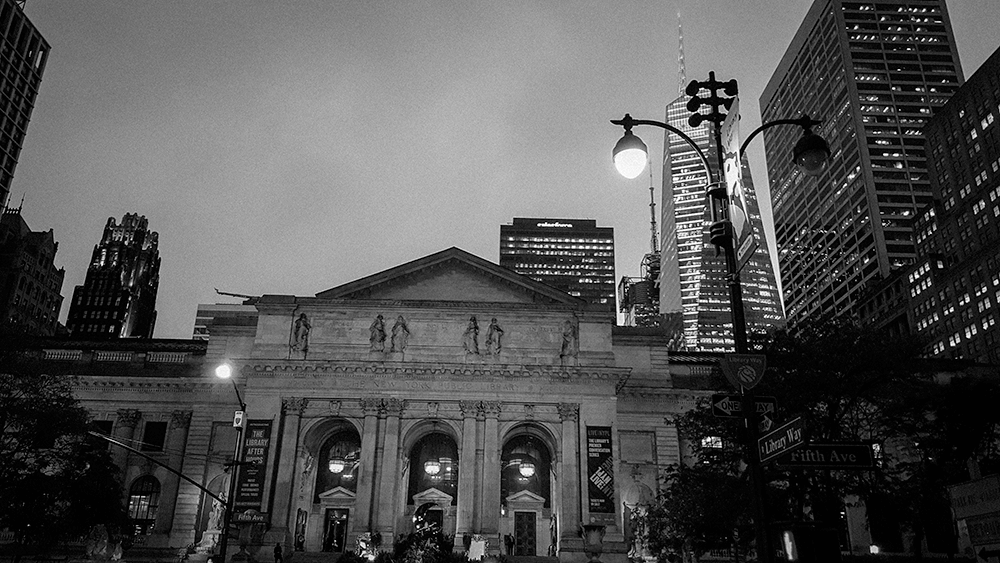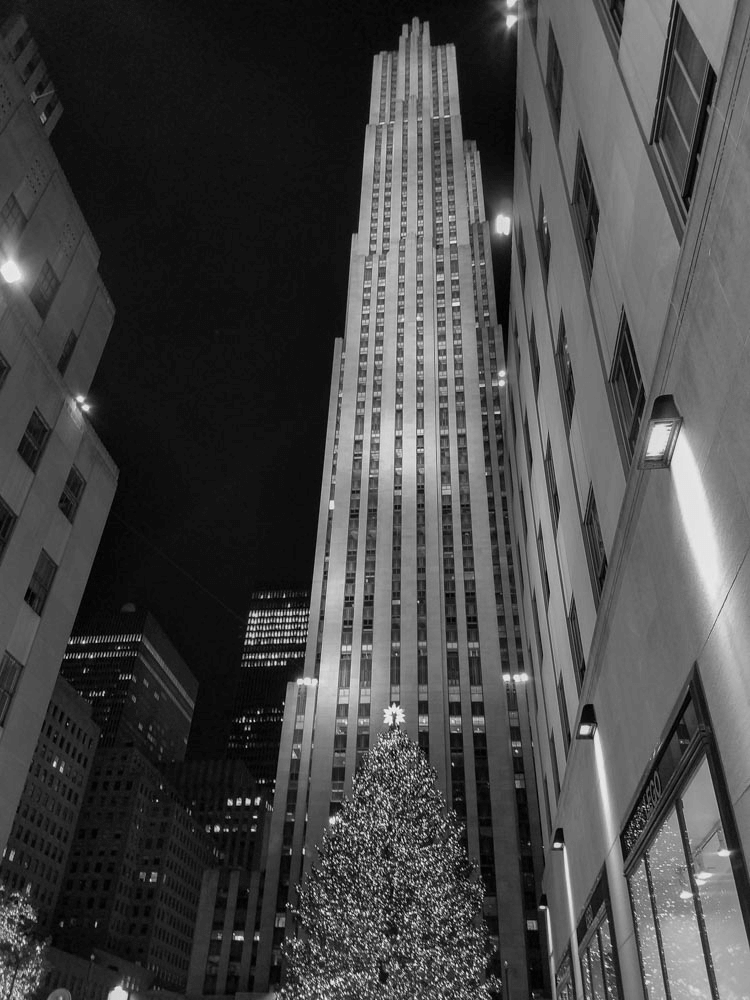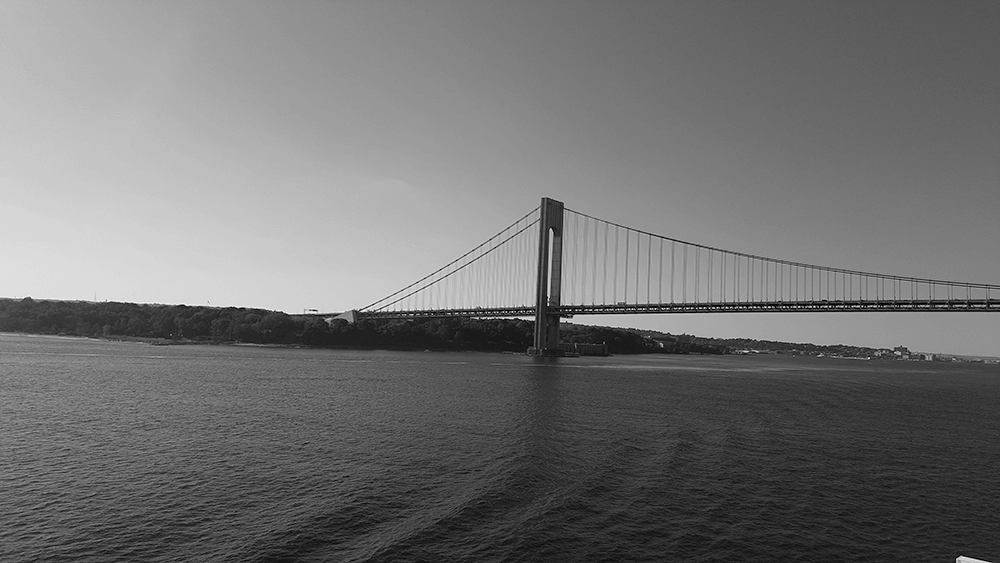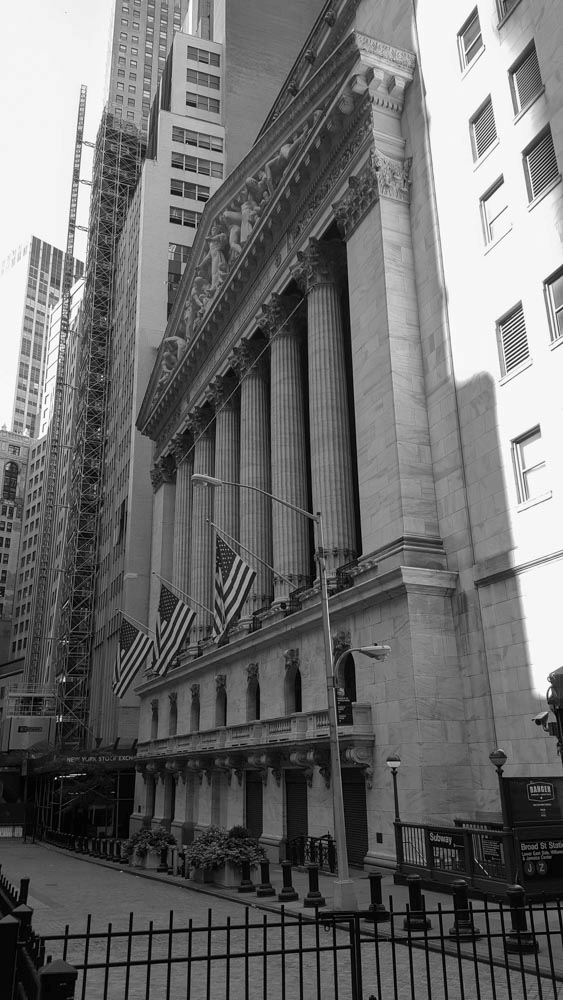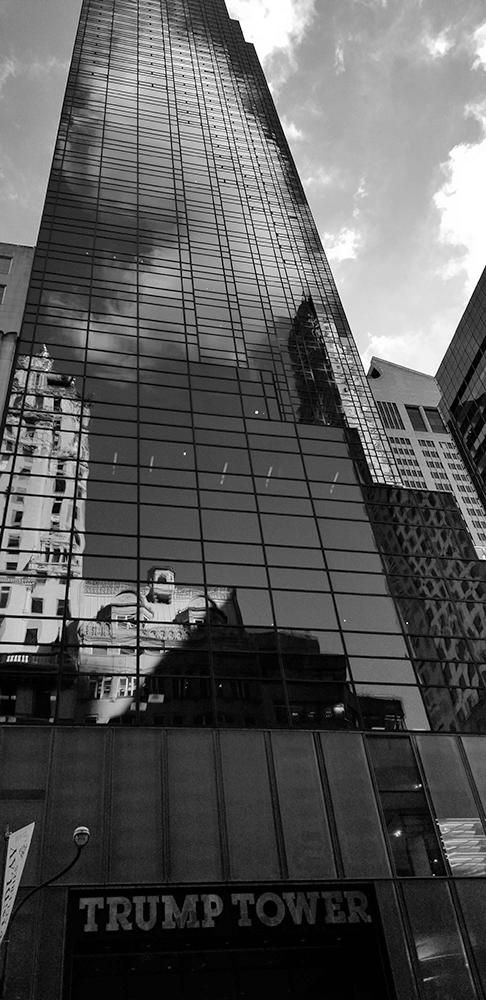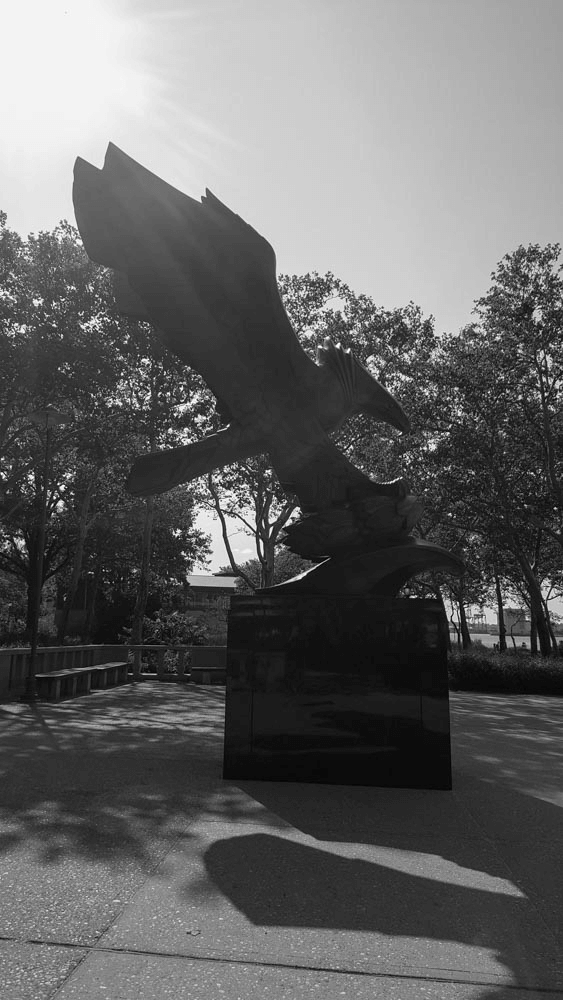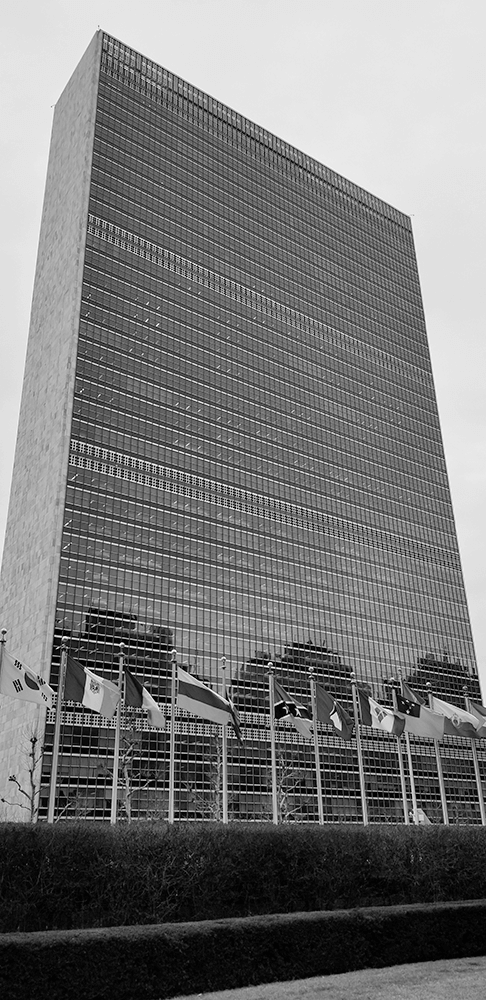Park
Harlem
Little Red Lighthouse
Little Red Lighthouse – Ein historisches Wahrzeichen in New York City Der Little Red Lighthouse, offiziell bekannt als der Jeffrey’s Hook Lighthouse, ist ein charmantes und historisches Wahrzeichen, das sich am Ufer des Hudson River in Manhattan, New York City, befindet. Erbaut im Jahr 1921, ist dieser kleine Leuchtturm nicht nur ein bedeutendes nautisches Symbol, sondern auch ein beliebtes Ziel für Touristen und Einheimische, die die malerische Aussicht und die reiche Geschichte des Ortes genießen möchten. Historischer Hintergrund Der Little Red Lighthouse wurde ursprünglich errichtet, um Schiffe, die den Hudson River befahren, sicher durch die gefährlichen Gewässer zu navigieren. Der Leuchtturm wurde 1921 in Betrieb genommen und diente bis 1947 der Schifffahrt. Er war Teil eines Netzwerks von Leuchttürmen, die den Fluss absicherten und den Kapitänen halfen, sicher zu navigieren. Mit der Zunahme des Schiffsverkehrs und der Einführung moderner Navigationssysteme wurde der Leuchtturm schließlich außer Betrieb genommen. Im Jahr 1951 wurde der Little Red Lighthouse jedoch unter Denkmalschutz gestellt, und seine Bedeutung als historisches und kulturelles Symbol wurde anerkannt. Architektur und Design Der Little Red Lighthouse ist ein typisches Beispiel für die Leuchtturmarchitektur des frühen 20. Jahrhunderts. Farbe und Struktur: Der Leuchtturm ist in einem leuchtenden Rot gestrichen, was ihm seinen Spitznamen „Little Red Lighthouse“ eingebracht hat. Mit einer Höhe von etwa 12 Metern ist er zwar klein, aber aufgrund seiner auffälligen Farbe und Lage am Fluss sehr gut sichtbar. Design: Der Leuchtturm hat eine konische Form und ist auf einem quadratischen Fundament errichtet. Sein einfaches, aber funktionales Design spiegelt die praktischen Anforderungen der Schifffahrt wider. Die Laterne auf der Spitze des Leuchtturms war ursprünglich mit einem starken Licht ausgestattet, das in der Dunkelheit sichtbar war. Lage und Umgebung Der Little Red Lighthouse befindet sich am Jeffrey’s Hook Park, der Teil des Fort Washington Parks ist. Die Umgebung bietet eine malerische Kulisse mit Blick auf den Hudson River, die George Washington Bridge und die umliegenden Landschaften. Zugang: Der Leuchtturm ist leicht zu erreichen und bietet Besuchern die Möglichkeit, in der Nähe zu spazieren und die atemberaubende Aussicht auf den Fluss und die Brücke zu genießen. Aktivitäten: Der Park ist ein beliebter Ort für Picknicks, Spaziergänge und Outdoor-Aktivitäten. Die Kombination aus Natur und Geschichte macht den Ort zu einem idealen Ziel für Familien und Geschichtsinteressierte. Kulturelle Bedeutung Der Little Red Lighthouse hat nicht nur historische Bedeutung, sondern ist auch ein kulturelles Symbol, das in der Literatur und Kunst verewigt wurde. Literarische Erwähnung: Der Leuchtturm wurde in dem beliebten Kinderbuch „The Little Red Lighthouse and the Great Gray Bridge“ von Hildegarde H. Swift und Lynd Ward erwähnt. Das Buch erzählt die Geschichte des Leuchtturms, der sich mit der majestätischen George Washington Bridge vergleicht und dabei seine eigene Bedeutung erkennt. Diese Geschichte hat Generationen von Kindern inspiriert und trägt zur anhaltenden Beliebtheit des Leuchtturms bei. Veranstaltungen und Programme: Das Museum und die Stadt New York veranstalten regelmäßig Veranstaltungen rund um den Leuchtturm, darunter Führungen, Bildungsprogramme und Feste, die die Geschichte und Bedeutung des Wahrzeichens feiern. Der Little Red Lighthouse ist mehr als nur ein Leuchtturm; er ist ein Symbol für die maritime Geschichte von New York City und ein beliebter Ort für Einheimische und Touristen. Mit seiner charmanten Architektur, der atemberaubenden Lage am Hudson River und der tiefen kulturellen Bedeutung ist der Leuchtturm ein unverzichtbares Ziel für jeden, der die Geschichte und Schönheit von New York City erleben möchte. Ob für einen ruhigen Spaziergang im Park, ein Picknick mit Blick auf den Fluss oder um einfach die faszinierende Geschichte des Leuchtturms zu erkunden – der Little Red Lighthouse zieht Besucher mit seinem einzigartigen Charme und seiner historischen Bedeutung in seinen Bann.
1 2 NYCGO 3 4

